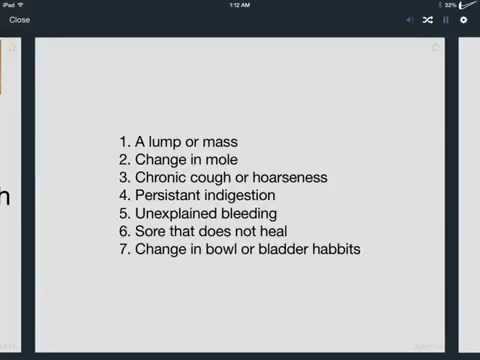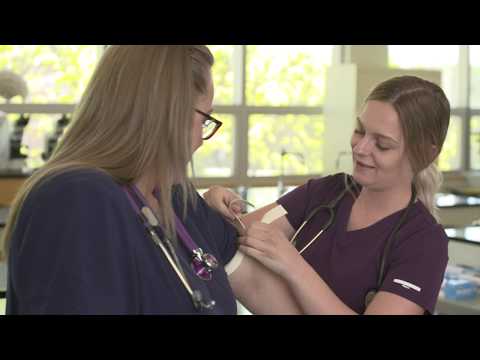Medical Assistants – Top 5 Articles of 2015
Contents [show]
Here are the top 5 articles of 2015 for Medical assistants These articles are a must read for anyone in the medical field.
Checkout this video:
Job Description of a Medical Assistant
Medical Assistants are multi-skilled health professionals specifically trained to work in outpatient settings such as medical offices and clinics. Their duties vary greatly with the location, size, and type of practice. In small practices, medical assistants usually are responsible for a variety of clinical and clerical tasks. In larger practices, medical assistants often are assigned specific tasks. Regardless of the size or type of practice, all medical assistants perform basic administrative tasks that keep the office running smoothly. Many also perform basic clinical tasks. All medical assistants take vital signs, prepare patients for examination, collect and process laboratory specimens, give injections, document patients’ vital statistics and medical histories, schedule appointments, assist with minor office surgeries, code insurance forms, and handle billing and bookkeeping. The duties of medical assistants increase as their knowledge and skills expand” (AAMA).
Duties of a Medical Assistant
Most medical assistants have responsibilities in both the clinical and administrative areas. With the increase in technological advances in the healthcare industry, medical assistants are now taking on more responsibilities that were once performed by nurses and other allied health professionals.
Clinical Responsibilities:
Patient history and vital signs
Assisting with examinations
Administering injections and vaccinations
Performing minor office surgery
Preparing patients for X-rays and laboratory tests
Administrative Responsibilities:
Answering telephones
Scheduling appointments
Maintaining medical records
Billing and insurance paperwork
Codification
Arranging hospital admissions and laboratory services
Medical Assistant Salary
Medical assistants are in high demand. The Bureau of Labor Statistics estimates that employment of medical assistants will grow by 31 percent from 2012 to 2022, much faster than the average for all occupations. As the baby-boom population ages and begins to require more medical services, the number of doctor’s visits is expected to increase. With more patients comes the need for additional staff, such as medical assistants, to complete routine administrative and clinical tasks.
A medical assistant salary can vary depending on education and experience levels. Median annual earnings of wage and salary medical assistants were $29,370 in May 2012, according to the BLS. The middle 50 percent earned between $25,760 and $33,840 per year. The lowest 10 percent earned less than $22,560, while the highest 10 percent earned more than $37,940 annually.
Medical Assistant Training
medical assistant training programs typically last for about one year, although some may last up to two years. These programs are designed to provide students with the skills and knowledge necessary to perform the various tasks associated with the medical assistant role.
During their training, students will take courses on topics such as anatomy, physiology, Medical Terminology office procedures, and patient care. They will also receive hands-on training in a clinical setting, where they will be able to practice the skills they have learned.
After completing a medical assistant training program, students will be eligible to sit for the Certified Medical Assistant (CMA) exam. Upon passing this exam, they will be able to work in a variety of medical settings, including doctor’s offices, hospitals, and clinics.
Medical Assistant Certification
The medical assistant profession has grown exponentially in recent years, with the U.S. Bureau of Labor Statistics projecting a 23% increase in employment opportunities between 2012 and 2022.1 As the demand for medical assistants continues to rise, so does the need for qualified, certified professionals to fill these roles.
Medical assistants play a vital role in healthcare facilities, providing support to physicians and other clinical staff while performing a variety of clinical and administrative tasks. In order to work as a medical assistant, individuals must complete an accredited training program and pass a certification exam through a recognized organization such as the American Association of Medical Assistants (AAMA) or the National Healthcare Association (NHA).
While certification is not required in all states, many employers prefer to hire candidates who are certified, and some states may require certification for certain tasks such as taking patient medical histories or performing basic lab tests. In addition, many healthcare facilities require medical assistants to complete continuing education courses on a regular basis to keep their skills up-to-date and maintain their certification status.
If you’re considering a career as a medical assistant, read on to learn more about certification requirements and how you can get started in this rapidly growing field.







